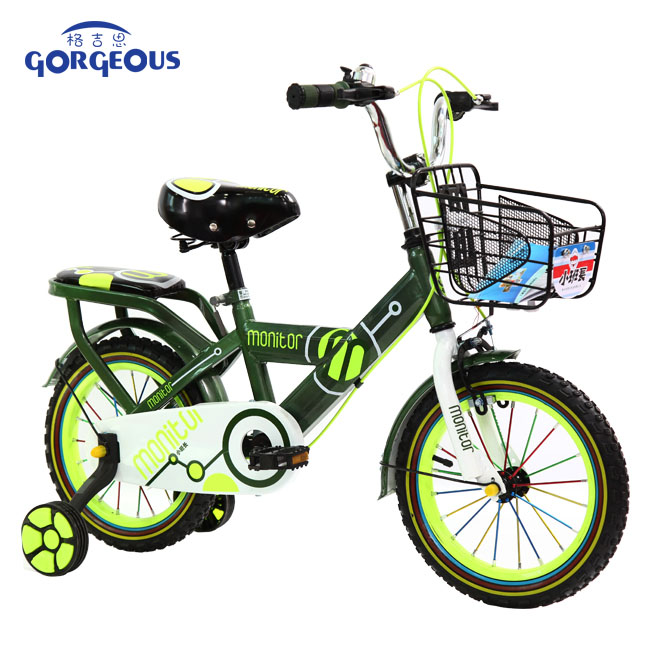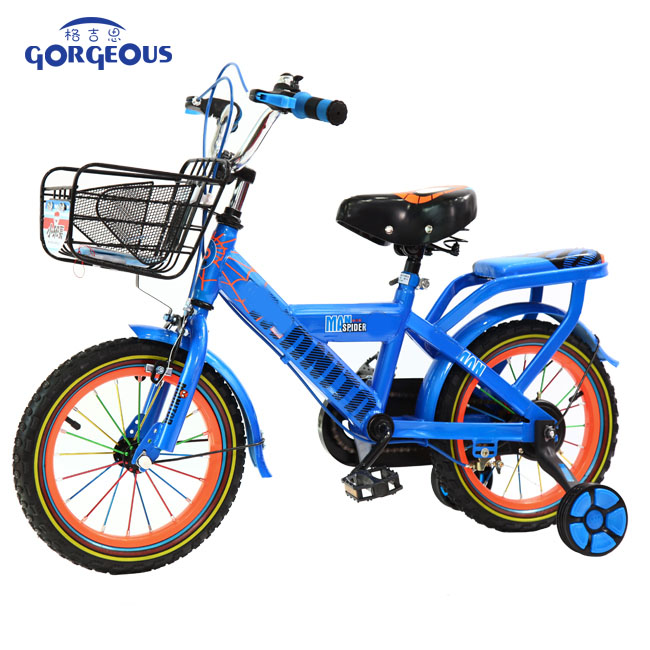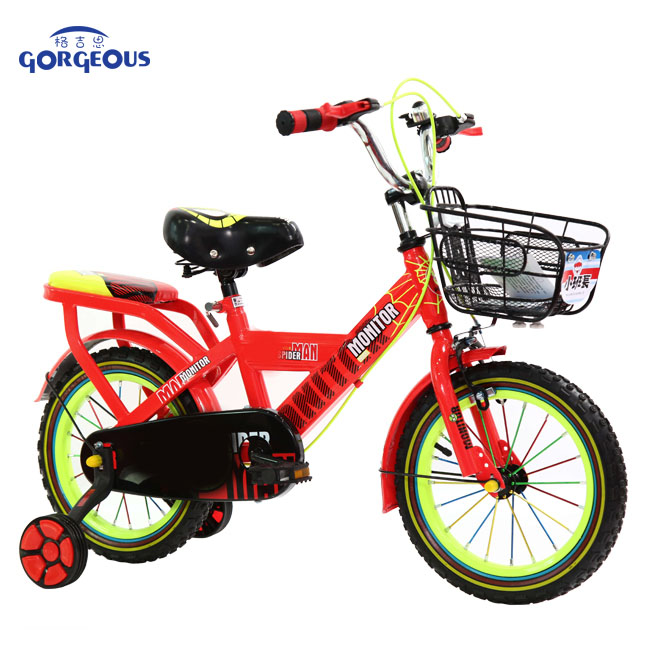Oct . 22, 2025 12:50 Back to list
Wooden Tricycle for Kids – Safe, Durable, Two-Seater Options
Wooden Tricycle For Kids: insider notes, specs, and how to choose wisely
If you’ve been watching nursery floors and preschool yards lately, you’ve seen it: parents and educators drifting back to natural materials. A Wooden Tricycle For Kids isn’t just cute; it signals a wider trend toward durability, low-VOC finishes, and sensory-friendly play. Interestingly, some of the most reliable models still come from long-running bike hubs like Xingtai, Hebei, China—the same region powering those “Wholesale CE hot sale kids bikes” lines. Different product category, similar supply chain discipline.

What’s trending (and why it matters)
- Sustainability first: FSC-sourced beech/birch, water-based lacquers.
- Montessori-aligned minimalism: fewer distractions, more balance learning.
- Compliance-forward: CE marking under the Toy Safety Directive, EN 71 test reports on request.
To be honest, not every “eco” trike is equal. The better ones publish material origins, test data, and real load ratings—not just glossy photos.

Typical product specs (reference build)
| Frame material | FSC beech/birch plywood, water-based clear coat |
| Wheels | EVA foam tires, ≈8–10 inch, sealed bearings (real-world may vary) |
| Seat height | ≈24–30 cm adjustable |
| Recommended age / load | 2–4 years; up to 25 kg |
| Finish and adhesives | Low-VOC varnish, EN 71-3 compliant; formaldehyde E0/E1 plywood |
| Certifications | CE; EN 71-1/2/3 tested; ASTM F963, ISO 8124 (as applicable) |
| Service life | ≈3–5 years with routine checks; heirloom with light refurb |
Process flow and quality methods
From factories around Xingtai, Hebei (China), the better Wooden Tricycle For Kids lines follow a disciplined flow:
- Material in: FSC-certified hardwood/ply; moisture content checked (≈8–12%).
- Precision cutting: CNC routing; rounded radii to reduce snag points.
- Sanding and sealing: 180–240 grit, water-based primer + topcoat (EN 71-3 friendly).
- Assembly: torque-set fasteners; thread-lock on metal interfaces.
- Testing:
- EN 71-1 mechanical tests: drop test 90 cm; tension/torque small parts—pass.
- Flammability (EN 71-2): compliant.
- Chemical migration (EN 71-3): below limits for Pb, Cd, Cr VI, etc.
- Optional: 24 h salt-spray on steel bolts; no red rust observed.
- Packing: recyclable carton, corner guards, parts list + tool.

Where it’s used (and what people say)
- Preschools and day-care fleets: low noise, easy wipe-down, teaches balance.
- Home playrooms: weekend rides on terraces; no tire marks, thankfully.
- Retail rentals/pop-ups: simple assembly, robust margins.
Customer feedback? Many parents say their child “graduates” from a Wooden Tricycle For Kids to a balance bike smoothly. Teachers often note fewer tip-overs versus plastic trikes due to a lower center of gravity.
Vendor landscape (rough comparison)
| Vendor | Certs (claimed) | MOQ | Lead time | QC | Price (EXW) |
|---|---|---|---|---|---|
| Xingtai OEM Factory | CE, EN 71 test reports | ≈200 pcs | 25–35 days | AQL 2.5; torque audit | $22–$35 |
| EU Brand A | CE, FSC chain-of-custody | ≈50 pcs | In stock/14 days | Batch traceability | €49–€79 |
| Marketplace Seller | CE (varies) | 1 pc | 3–7 days | Unknown | $29–$59 |
Tip: request current EN 71-3 chemical reports with model and date. It sounds fussy, but it weeds out stale paperwork fast.

Customization and real-world results
Branding is straightforward: laser-engraved logos on the deck, pantone color accents on forks, and bilingual manuals. One preschool pilot in Rotterdam rotated 12 units of a Wooden Tricycle For Kids over 9 months; teacher logs noted fewer maintenance callouts than their plastic fleet (roughly 1 vs. 4 per month), mainly tightening bolts after heavy play.
Quick checklist before you buy
- Ask for CE declaration and latest EN 71-1/2/3 test reports.
- Confirm FSC or equivalent wood sourcing documentation.
- Check seat height range and turning radius for your age group.
- Inspect edges and fastener recess depth (flush = fewer snags).
Origin note
Many export-ready trikes ship from Xingtai, Hebei, China—an old hand at children’s mobility products—leveraging the same QA culture seen in bike manufacturing.
Authoritative citations
- European Commission — Toy Safety (Directive 2009/48/EC): https://ec.europa.eu/growth/sectors/toys/safety
- EN 71-1/2/3 Standards overview (BSI): https://www.bsigroup.com/en-GB/our-services/product-certification/industry-sector-schemes/toys/
- ASTM F963 — Standard Consumer Safety Specification for Toy Safety: https://www.astm.org/f0963-23.html
- FSC — Forest Stewardship Council (Chain of Custody): https://fsc.org/
-
The Essential Guide to 16 Inch Child's Bikes – Safety, Specs & Trends
NewsNov.24,2025
-
Kids Road Bike 24 – Lightweight, Safe, and Perfect for Young Cyclists
NewsNov.23,2025
-
Discover Safe and Fun Children's Bikes 14 Inch | Durable Kids' Bikes Reviewed
NewsNov.22,2025
-
Discover the Perfect Little Girl 16 Inch Bike – Safety, Style & Performance
NewsNov.22,2025
-
The Ultimate Guide to 12 Kids Bicycles – Safety, Trends & Top Picks
NewsNov.21,2025
-
14 Inch Children’s Bikes: A Guide to Safety, Durability & Global Impact
NewsNov.20,2025
